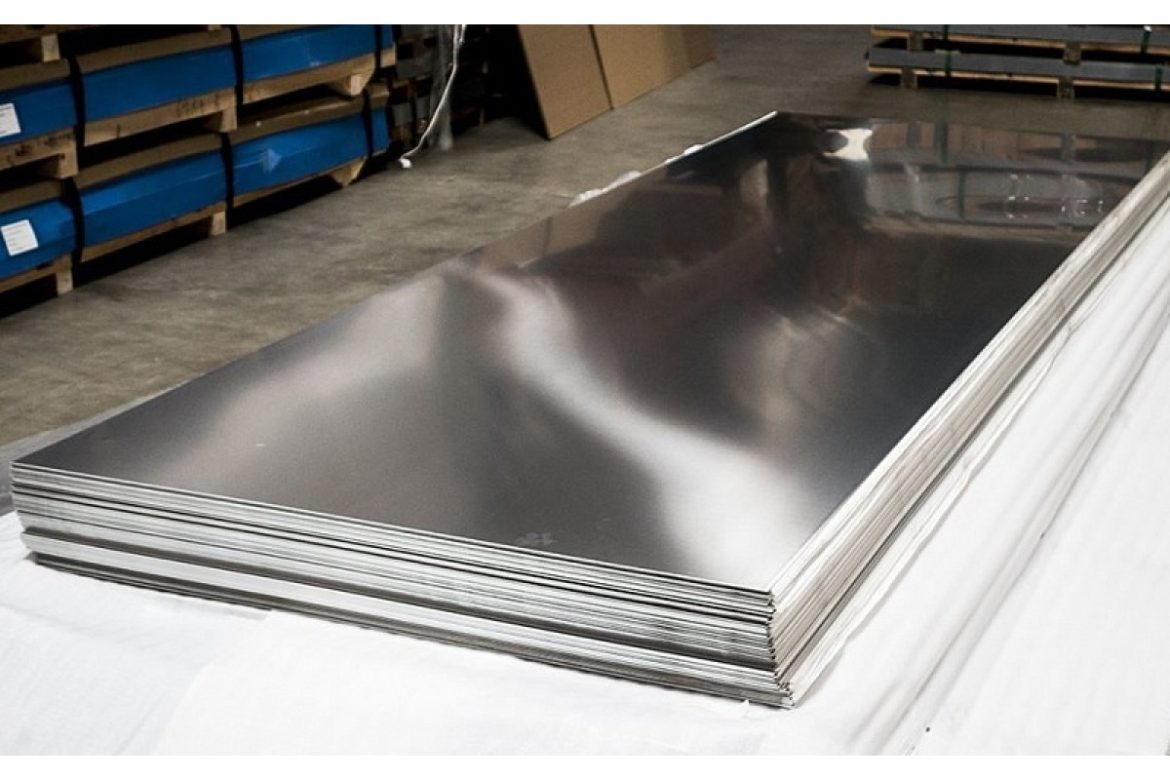Nickel, a versatile and valuable metal, plays a crucial role in various industries, ranging from manufacturing and construction to electronics and renewable energy. The price of nickel per kilogram is a significant factor for businesses, as it directly affects their profitability and strategic decision-making. In this article, we will delve into the factors that influence nickel prices and explore the implications for businesses and industries.

Factors Affecting Nickel Prices:
1. Supply and Demand Dynamics:
The fundamental law of supply and demand greatly influences the price of any commodity, and nickel is no exception. The balance between supply and demand plays a vital role in determining nickel prices. Factors such as geopolitical events, natural disasters, and new mining projects can impact the nickel supply, causing price fluctuations. Similarly, economic growth, industrial production, and technological advancements influence the demand for nickel.
2. Production Costs:
Mining and processing nickel involve substantial costs, including exploration, extraction, and refining. Changes in labor costs, energy prices, and environmental regulations can all impact the production costs, thereby influencing the price of nickel. Additionally, the availability of alternative materials or substitution can also impact demand and subsequently the price.

3. Currency Exchange Rates:
Nickel is a globally traded commodity, and currency exchange rates can significantly impact its price. A stronger domestic currency can make nickel exports more expensive, potentially decreasing demand and reducing its value per kilogram. Conversely, a weaker domestic currency can make exports more competitive, leading to higher demand and an increase in the price of nickel.
Implications for Businesses and Industries:
1. Manufacturing Sector:
Nickel is a vital component in manufacturing various products, including stainless steel, alloys, and batteries. Fluctuations in nickel prices directly impact the manufacturing sector, determining the production costs of these goods. Companies must carefully analyze and adapt to changing nickel prices to ensure profitability and competitiveness in the market.
2. Electronics Industry:
The electronics industry heavily relies on nickel for the production of semiconductors, connectors, and batteries. As technology continues to advance, the demand for nickel in this sector is expected to rise. Changes in nickel prices can significantly affect the profitability and pricing strategies of electronics manufacturers, influencing product affordability for consumers.

3. Renewable Energy Sector:
Nickel is a crucial component in the production of nickel-metal hydride (NiMH) batteries used in hybrid vehicles and renewable energy storage systems. As the world shifts towards sustainable energy solutions, the demand for nickel in this sector is expected to increase. Businesses operating in renewable energy must consider the potential impact of nickel price fluctuations on investment decisions and long-term operational costs.
The price of nickel per kilogram is a critical economic indicator that significantly impacts businesses and industries worldwide. Understanding the factors that influence nickel prices is paramount for companies seeking stability, profitability, and strategic decision-making. Supply and demand dynamics, production costs, and currency exchange rates are some of the key factors that determine nickel prices. A fluctuation in nickel prices affects the profitability of industries such as manufacturing, electronics, and renewable energy. By staying informed and adapting to changing market conditions, businesses can navigate the challenges and opportunities presented by nickel price fluctuations.











Your comment submitted.